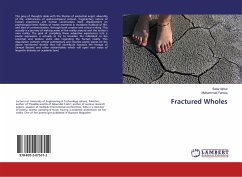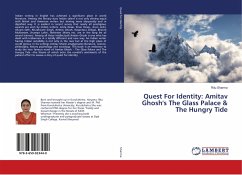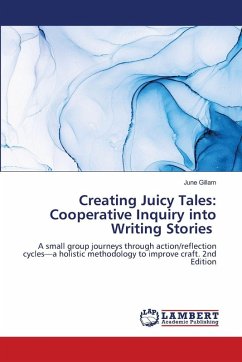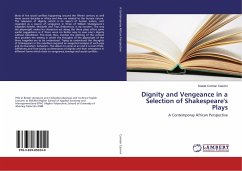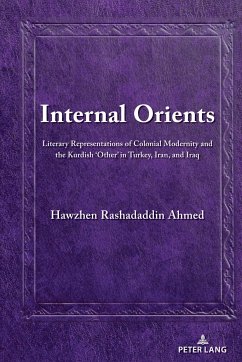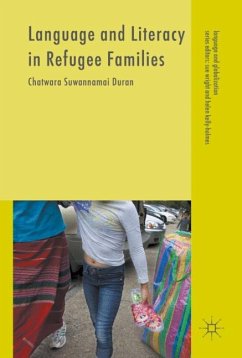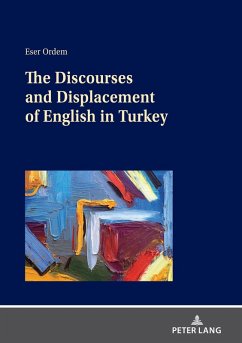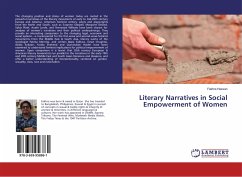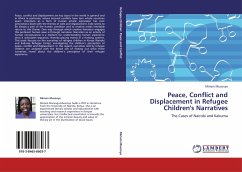
Peace, Conflict and Displacement in Refugee Children's Narratives
The Cases of Nairobi and Kakuma
Versandkostenfrei!
Versandfertig in 6-10 Tagen
52,99 €
inkl. MwSt.

PAYBACK Punkte
26 °P sammeln!
Peace, conflict and displacement are key issues in the world in general and in Africa in particular, where internal conflicts have torn whole countries apart. Literature as a form of human artistic expression has over generations dealt with the themes of exile and displacement. Exile seems to be always a part of the human condition and so creative artists inevitably return to this theme. One way through which creative literature engages this pertinent human issue is through narrative. Narration as an activity of human consciousness is a medium for understanding human experience since it articu...
Peace, conflict and displacement are key issues in the world in general and in Africa in particular, where internal conflicts have torn whole countries apart. Literature as a form of human artistic expression has over generations dealt with the themes of exile and displacement. Exile seems to be always a part of the human condition and so creative artists inevitably return to this theme. One way through which creative literature engages this pertinent human issue is through narrative. Narration as an activity of human consciousness is a medium for understanding human experience since it articulates sequence, thereby placing events in a framing context. This book focuses on the narratives of refugee children in Kenya (Nairobi and Kakuma Refugee Camp), investigating the children s perception of peace, conflict and displacement. In this regard, narratives told by refugee children are analyzed with the broad aim of finding out what these narratives reveal about the children s perception of their refugee experience.



